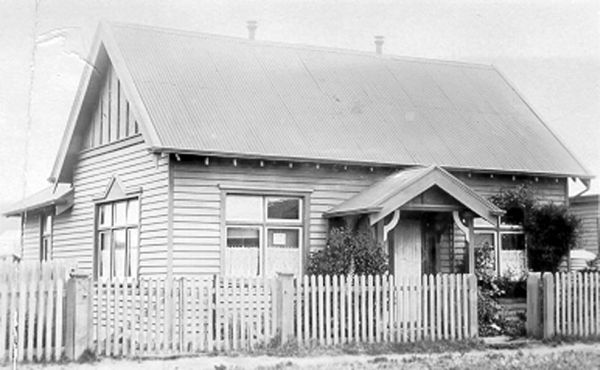 |
 |
|
Libraries
Tasmania now has a well-established network of regional libraries from which there is an unbroken thread back to the library of the Royal Society, via the Free Library Movement and the 1943 re-establishment of the State Library. From the earliest days, many groups such as shirt-makers, mechanics and parliamentarians felt the need at one time or another to form a club or an institution, and to establish a library for the education and edification of themselves and their fellows. Books were an essential part of the cargo manifests of the earliest vessels trading to Tasmania, and the front pages – the classifieds of their day – of the first Tasmanian newspapers often carried notices of the arrival of parcels of books, or of the dispersal of a gentleman's library. The earliest 'public' library was in effect a gentlemen's club, replete with billiard tables and smoke-room, but in time, in reflection of the social reforms being introduced in England ('home') in the decades of anxiety following 1848, the year of revolutions in Europe, there was a genuine and certainly well-intended attempt by 'the cream of society' to provide libraries for the 'lower orders' of society. As early as 1825 a correspondent to the Hobart Town Gazette – a 'young admirer of literature' – advocated the formation of 'a Public Library and Literary Society'. Two years later the Van Diemen's Land Mechanics' Institute – the first such in Australia – complete with library was established. Such were the beginnings: over time, libraries in Tasmania came and went, depending on the fate of their parent institution: that which ultimately became the State Library of Tasmania had its beginnings in 1848, when Lt-Governor Denison put £100 on the estimates for the establishment of 'a Tasmanian Public Library'. This underwent a series of vicissitudes, including the trustees' cavalier disposal of Gould's Birds of Australia in the late nineteenth century, and revival via one of the few Australian Carnegie grants (1902), which resulted in the handsome building (foundation stone laid in 1903) in Argyle St which now houses the Maritime Museum and the Carnegie Gallery. The library of state parliament, part of its foundation, is today a rich research collection, not only for the benefit and edification of members, but for the whole of government. Other libraries have vanished, or have been absorbed by other institutions: the Launceston Mechanics' Institute had a splendid library complete with domed reading room which was demolished to make way for the present Regional (Public) Library, an element of the State Library system 25 years ago, but its unrivalled collection of nineteenth-century fiction is now on display in glass-fronted bookcases in the Phil Leonard Room at the Launceston Library. The library of the infant (the fourth oldest in Australia) University of Tasmania is now a major research library in which both real and 'virtual' materials form substantial collections.
Further reading: T Koch, A book of Carnegie Libraries, New York, 1917; E Morris Miller, Some thoughts on the Tasmanian Public Library, Hobart, [1927]; J Levett, 'The Tasmanian Public Library', MLib thesis, Monash University, 1984. John Levett |
Copyright 2006, Centre for Tasmanian Historical Studies |

